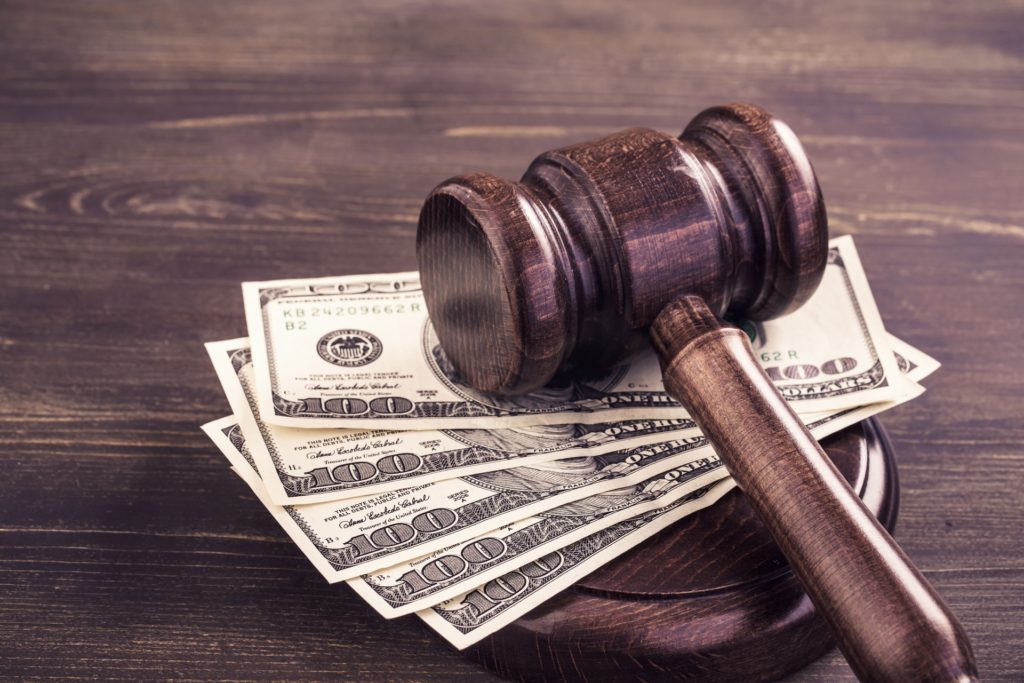
Damages for Patent Infringement
If you have a patent that you believe is being infringed, you may have questions about recoverable damages.
You may be asking what are the damages for patent infringement, and how to prove damages.
Or if you are being accused of infringement, you may be asking what is the value of this patent.
Our experienced patent litigation attorneys will explain.
For assistance, please don’t hesitate to send us a message or call (832) 485-3580 today.
The Federal Circuits opinion in Power Integrations, Inc. v. Fairchild Semiconductor International, Inc., decided July 3, 2018, provides a good analysis of damages for patent infringement.
The Statute
35 U.S.C. Section 284 provides that the court shall award the claimant damages adequate to compensate for the patent infringement but in no event less than a reasonable royalty for the use made of the invention by the infringer.
Appointment
Power Integrations is another case that considers apportionment between the infringing and non-infringing features of the accused product, and application of the entire market value rule.
The Federal Circuit stated As a substantive matter, it is the value of what was taken that measures a reasonable royalty and it is only the patented technology that is taken from the owner, so the value to be determined is only the value that the infringing features contribute to the value of an accused product.
When the infringing device has multiple components, the Court stated:
[w]e have articulated that, where multi-component products are accused of infringement, the royalty base should not be larger than the smallest salable unit embodying the patented invention.
Yet, this may not end the inquiry in deciding the appropriate royalty base. In Power Integrations, the Court stated that even if the smallest salable unit is used, the patent owner must still establish what portion is attributable to the patented technology when the smallest salable unit itself contains several non-infringing features.
Entire Market Value Rule
In Power Integrations, the Court described the entire market value rule (EMVR) as a demanding alternative to our general rule of apportionment.
The EMVR allows patent owners to recover damages based on the value of the entire apparatus containing multiple features when the patented feature constitutes the basis for the consumer demand.
However, there are strict requirements that limit the EMVR:
If the product has other valuable features that also contribute to driving consumer demand patented or unpatented- then the damages for the patent infringement must be apportioned to reflect only the value of the patented feature.
This is so whenever the claimed feature does not define the entirety of the commercial product.
In some circumstances, for example, where the other features are simply generic and/or conventional and hence of little distinguishing character, it may be appropriate to use the entire value of the product because the patented feature accounts for almost all of the value of the product as a whole.
Although this sounds helpful to patent owners, the Federal Circuit cautioned that the EMVR is appropriate only when the patented feature is the sole driver of customer demand or substantially creates the value of the component parts.
If the accused infringer provides evidence that its product has other valuable features, the patent owner has the burden to establish those features are not relevant to consumer choice those other features did not influence purchasing decisions.
The Court’s opinion provides a good summary of the evidence (and argument) on these issues and is certainly worth reading to consider how a potential case will measure up.
Contact a Patent Litigation Attorney
If you have a patent that you believe is being infringed or if someone is alleging that you owe damages for patent infringement, please contact our patent litigation lawyers by filling out our short form or calling (832) 485-3580 today.


